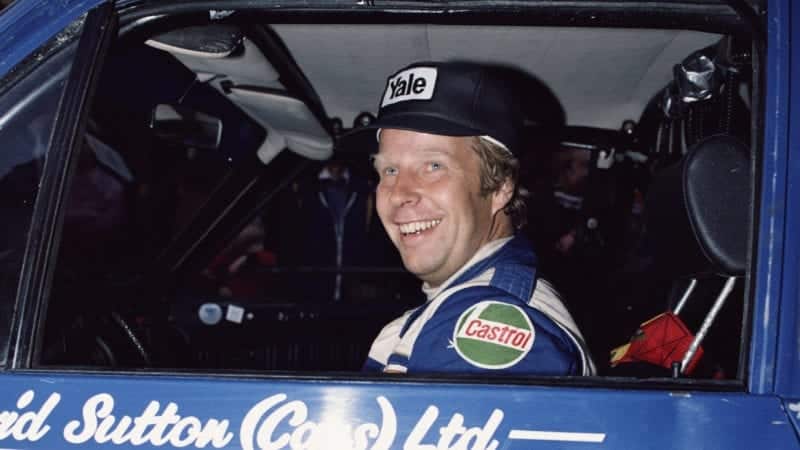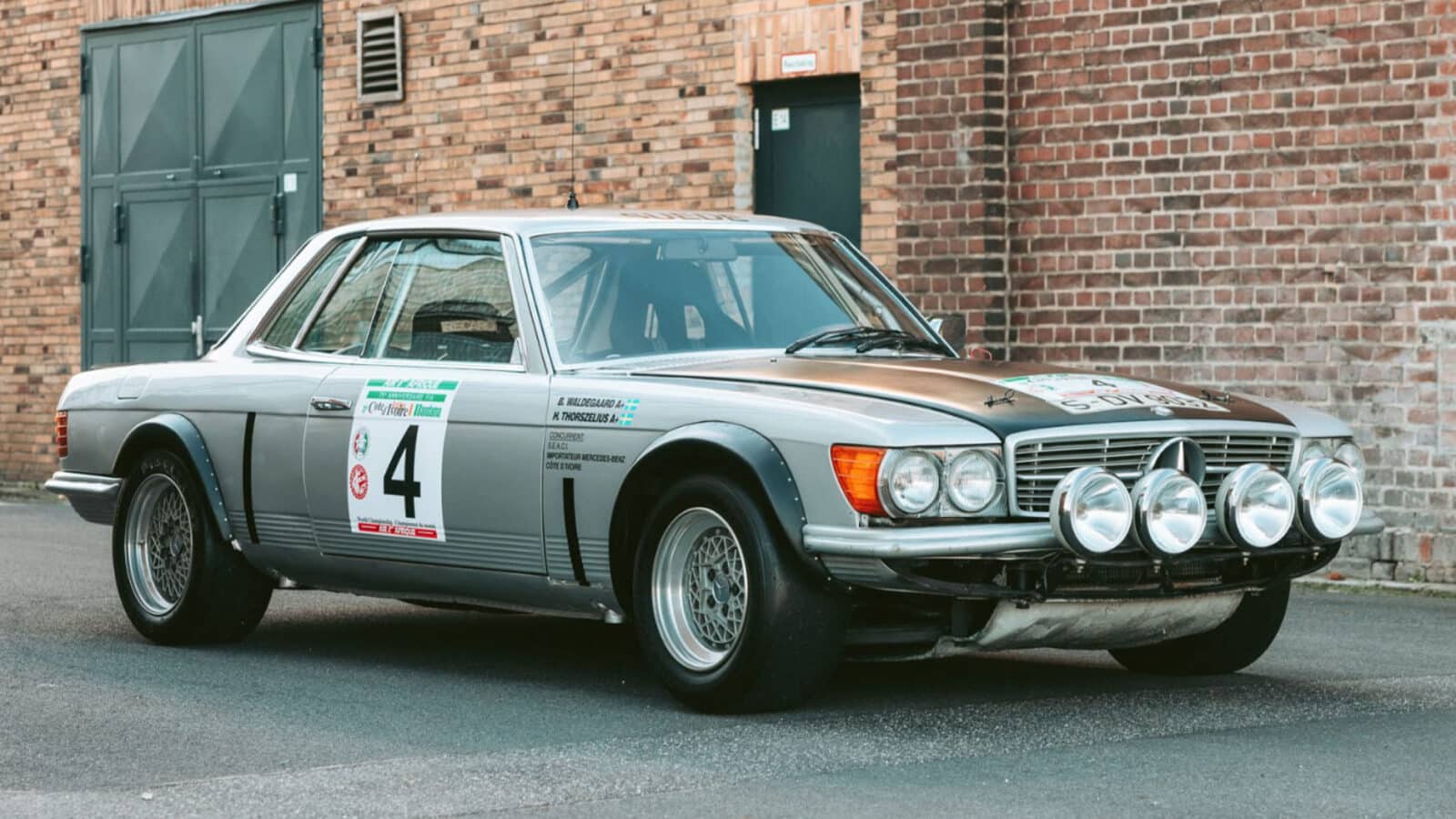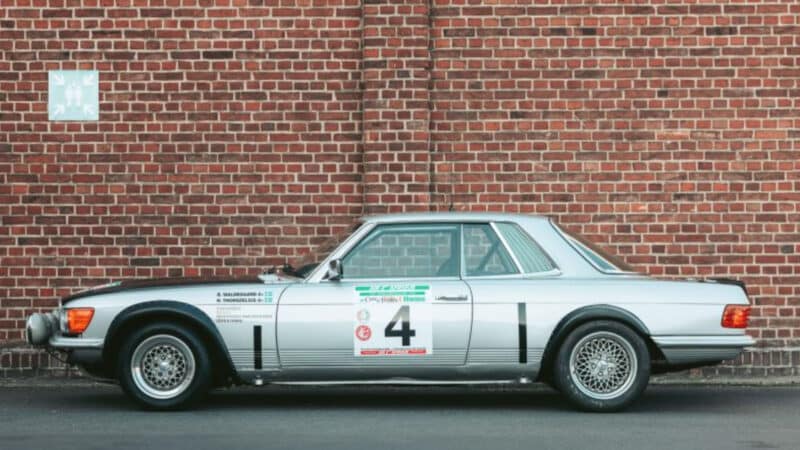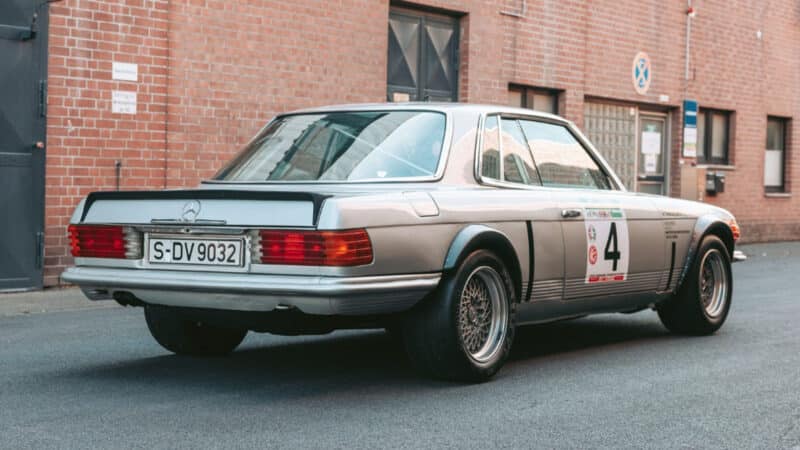The following year the test department entered four 280Es on the Safari Rally through their East African importer. Waxenberger was in charge and initially the cars impressed. However, both Cowan and Joginder Singh retired because their engines inhaled neat water at river crossings while Fowkes broke his sump. Sobieslaw Zasada finished sixth.
The 18,000-mile Vuelta a la America del Sud in September of 1978 was a welcome chance for Mercedes to develop their expertise. They entered no fewer than eight Mercs – four 280Es and four of the V8-powered 450SLCs – and got seven to the finish, sweeping the top five places on the event with Cowan leading Zasada in a 450SLC 1-2.
During the 39 days of this event Waxenberger and his team learned much about the cars and about servicing them. There had been a huge amount of testing in which Waxenberger himself was directly involved, often taking the wheel if he thought the drivers were not trying hard enough to break things. On the event the team had two aeroplanes to take managers and mechanics ahead of the rally, and they used radios to co-ordinate service arrangements. The crushing victory in South America with what were effectively 220bhp Group 1 cars encouraged Waxenberger to suggest to the Mercedes board a possible next step – to do the WRC events on which a car like the 450SLC could show well. He knew the 5025cc V8 in all-alloy form could be persuaded to give close to 300bhp, and also knew that further weight reduction was possible. The agreement was that the 450SLC should do the Safari and the Ivory Coast. But first, Waxenberger needed to tap the driver market.

Mercedes was able to persuade Björn Waldegård and Hannu Mikola Lpictured onboard
Don Morley/Getty Images
He opened negotiations with Björn Waldegård and Hannu Mikkola. Both had Ford contracts, but the Blue Oval was on a smaller programme and prepared to release their drivers for WRC events in which they weren’t competing. The pair flew to Stuttgart, met Waxenberger and discussed terms. Now Mercedes made one of their contributions to rallying’s future. During the salary discussion, Mikkola was asked whether he would accept $100,000 (£45,000).
“I knew the events were long and, with all the recceing and testing, they would take up a lot of time. But this figure seemed reasonable in comparison with what Ford were paying. It was not until later that I discovered they meant that was the fee per rally, not the whole year.”



